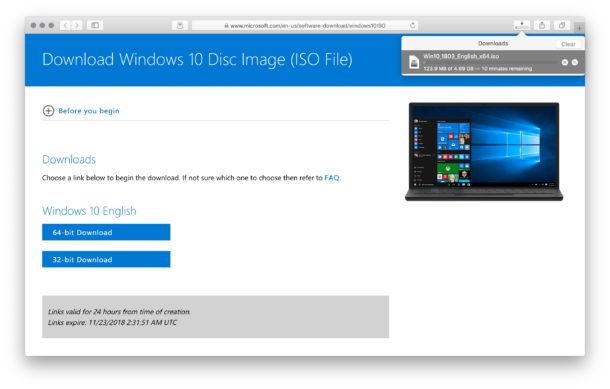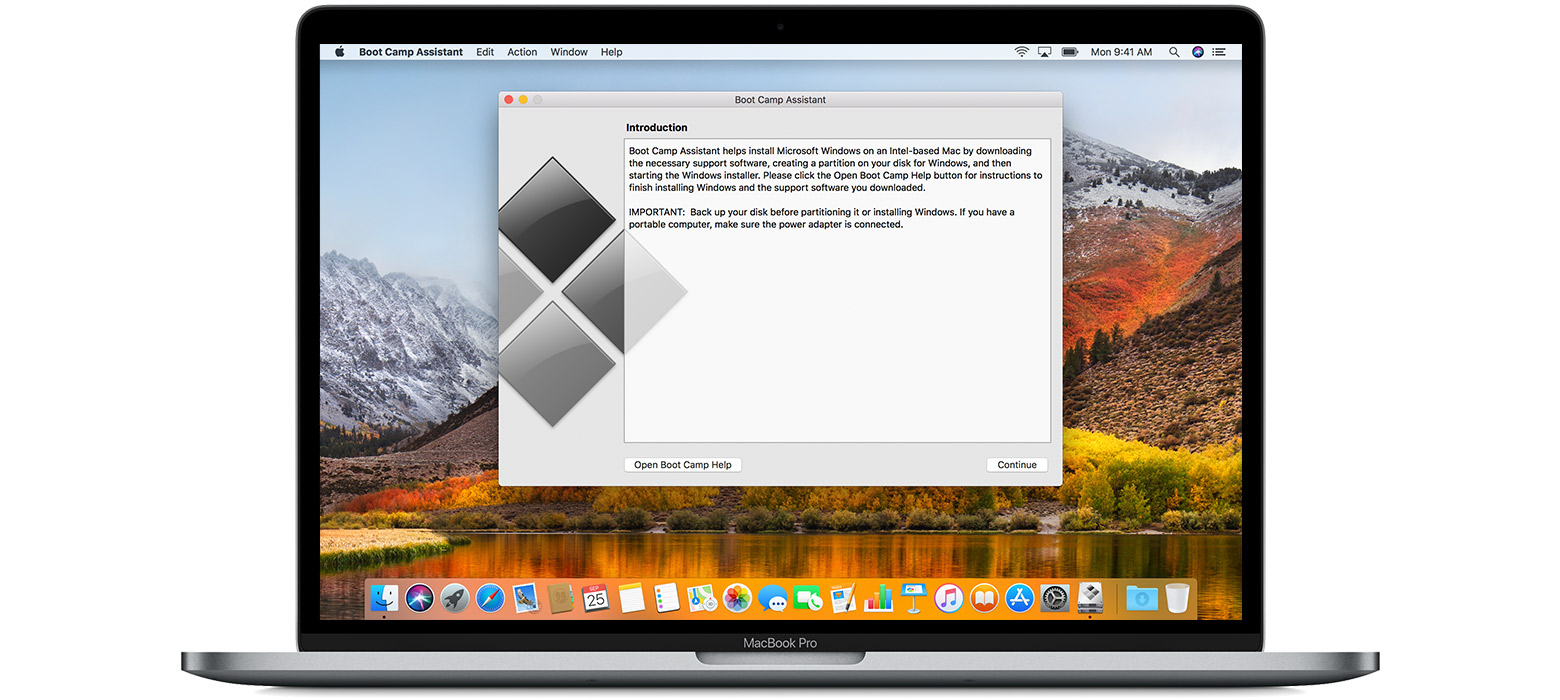How to start up in macOS from Windows
Feb 01, 2019 Sufficient free disk space: Using a Boot Camp install of Windows 10 requires a lot of free hard disk space so that the drive can be partitioned to run Windows along with Mac OS, you will need a minimum of 64GB or so for Windows alone, and you’ll obviously want to maintain plenty of space for Mac OS too. If you have a smaller hard drive on the.
- From the notification area on the right side of the Windows taskbar, click to show hidden icons.
- Click the Boot Camp icon .
- From the menu shown, choose Restart in macOS.
If you haven't installed the latest Boot Camp updates, you might get the message ”Could not locate the OS X boot volume.'
Or use Startup Manager as your Mac starts up:
- Restart your Mac from the Start menu in Windows.
- Press and hold the Option (or Alt) ⌥ key as your Mac begins to restart.
- Select your Mac startup volume (Macintosh HD) in the Startup Manager window, then press Return or click the up arrow:
How To Boot Camp Mac For Free Pc
How to start up in Windows from macOS
- Use Startup Manager to choose your Windows (Boot Camp) volume during startup.
- Or select your Boot Camp volume in Startup Disk preferences, then restart.
Learn more


- If you're having difficulty using VoiceOver or another screen reader to complete these steps, please contact Apple Support.
- Learn how to install Windows 10 on your Mac.

Boot Camp is the free utility included with Lion that allows you to install and run Windows on your MacBook’s hard drive. This gives you the freedom (and convenience) of having both Windows applications and Mac applications available.
In years past, you may have heard that a Mac computer couldn’t run Windows out of the box (without expensive hardware or software) and that Mac software was off-limits to PCs. Well, you’d have been correct, at least for all but the recent history of the Macintosh computer.
Why the incompatibility? It was because Apple used a series of Motorola processors (or CPUs) that didn’t “talk the same language” as the Intel CPUs used in PCs. Consider a person speaking Korean trying to read a book in Arabic and you get the general idea.
Then Apple began using Intel processors in Macs, and the ground rules changed. Now Apple hardware was suddenly compatible with Windows. All that was needed was a “bridge” to help keep both operating systems separate on the same hard drive — and Apple developed Boot Camp. Of course, that bridge works in only one direction because you still can’t run Macintosh software on a PC. (Go figure.)
Boot Camp accomplishes this magic by creating a separate Windows partition on your laptop’s hard drive. The partition holds all your Windows data, including the operating system, your program files, and the documents you create while running Windows. Consider this partition as completely separate from your Mac OS X data, even though both partitions exist on the same physical hard drive.
When you reboot your MacBook using Boot Camp, it’s similar to changing the station on your FM radio: the hardware is the same, but you’ve switched to a different DJ (Windows instead of Mac OS X) and you’re listening to different music (country instead of rock). How’s that for a comparison, Dr. Science?
How To Boot Camp Mac For Free Windows 7
Naturally, you’ll need free space on your Mac’s hard drive to install Boot Camp. Apple recommends 10GB of free space for a Windows 7 installation, but bump that up to 40GB. Both the 32-bit and 64-bit versions of Vista and Windows 7 are compatible with most Macs capable of running Mac OS X Lion, and any Intel-based Mac can run 32-bit Windows XP or Vista.
How To Boot Camp Windows
When your MacBook is running Windows, it’s as susceptible to virus and spyware attack as any other Windows PC. Make sure that you invest in quality anti-virus and anti-spyware protection for your Windows side!